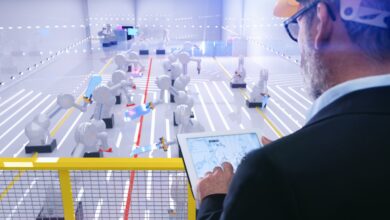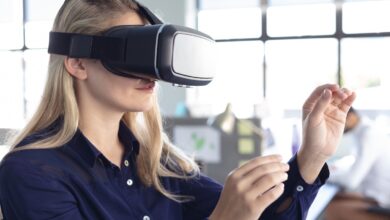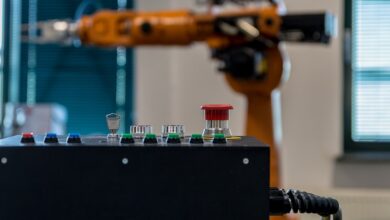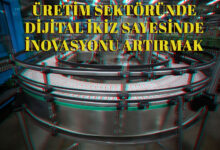What is Digital Twin Technology and What are its Benefits?
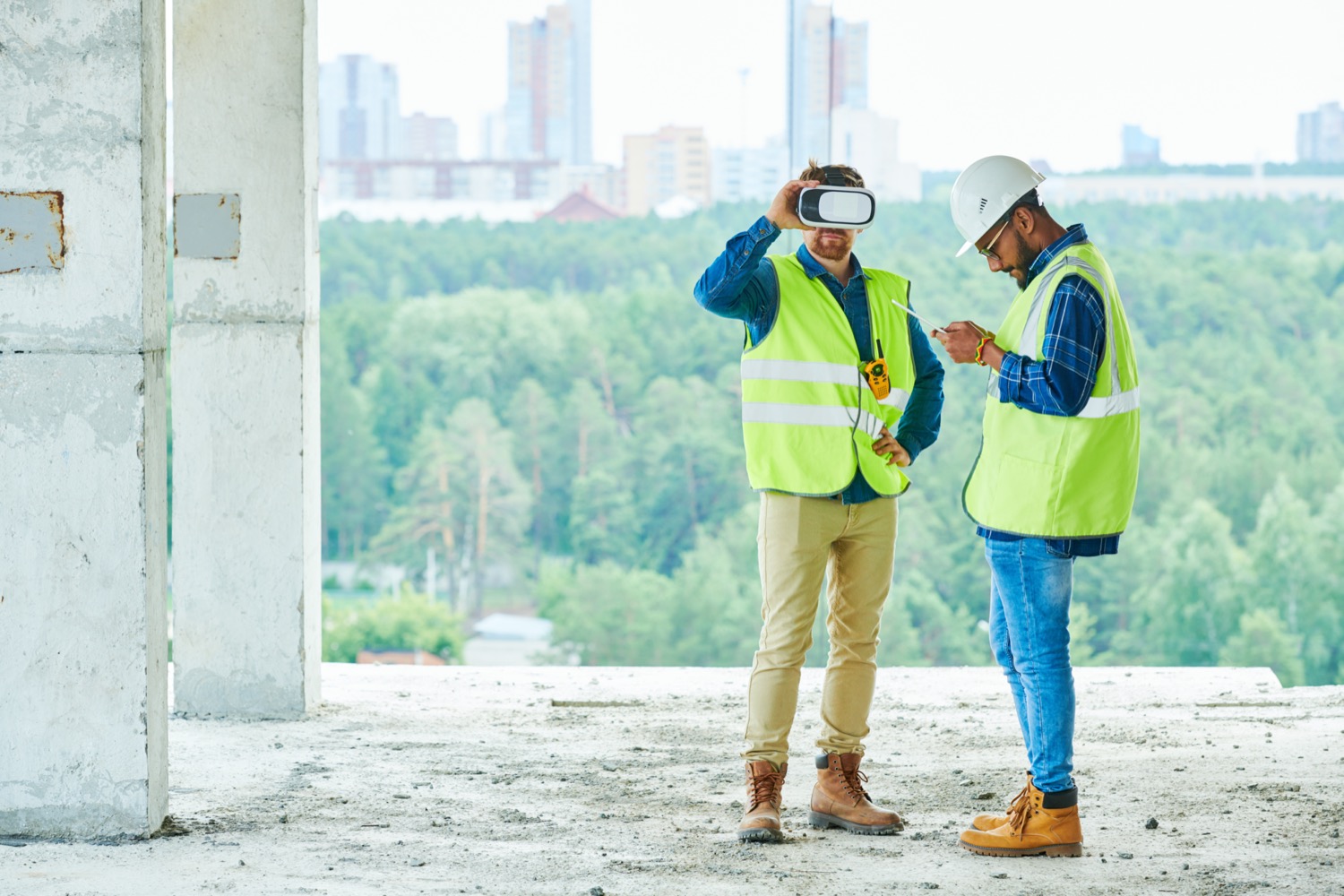
Digital Twin, or its original name, Digital Twin, is a virtual replica that reflects a product or system. Real-time data captured through sensors or technologies related to big data feed this digital twin. After collecting this information, an artificial intelligence, cloud computing, and machine learning-driven process creates a live representation that thinks and acts within the scope of a defined model.
When the term was first introduced in 2002, it was not immediately accepted in the industrial production sectors due to the industry’s inability to capture, manage, and utilize large data sets. The successful adoption of a Digital Twin requires key support from Internet of Things technologies, which provide reliable sensors, high-speed networks, low-cost data storage, and big data analytics. When a company or organization creates a digital copy of its products, the environments in which they operate, and the systems that produce them, it gains the ability to predict almost anything that will happen in the physical world in real time. Therefore, understanding what is happening in your production line at present and predicting what will happen in the future with the use of digital twin technology is crucial for optimizing productivity and increasing business profitability. All of this can be achieved simply by starting to use digital twin technologies.
Digital twin technology is also one of the most important Industry 4.0 technologies currently available. Digital twins provide insight into all aspects of your production line and manufacturing process. Therefore, digital twins, including engineers, are very useful because they can correct errors and create new, more reliable versions based on the detailed history of the previous model. In other words, digital twins provide virtual tools that allow engineers, among others, to look at, explore, and evaluate physical assets, processes, and systems. With this capability, it is possible to obtain an accurate view of what is happening now as well as what will happen in the future.
Customized parts production tailored to customer demands and specific requirements will result in increased satisfaction, more efficient processes, significantly lower pollutant emissions, and data analysis, and subsequent simulation will lead to the creation of predictive behaviors that optimize results. Digital twins can help industrial manufacturers reduce costs, improve customer service, and identify new revenue-generating opportunities. They are used by manufacturers to add value to all processes throughout the life cycle of a system.
How to Create a Digital Twin?
The benefits of digital twin technology can be grouped under the following headings, as there is a wide range of applications that answer the question of how to create a digital twin for individual components, complete assets, full systems, and entire processes.
In terms of formation, it is divided into 3 main headings, which are design, production, and operation.
- How to create a digital twin in design processes:
It can be used to create and test new designs and service models using virtual tests that can include system interactions, scenario testing, and performance measurements, to encourage various probability scenarios, to identify interactions and mismatches between various components of the system, to evaluate the effective use of resources, and to use virtual tests to predict the behavior of the system in various environments and situations, thus reducing development costs and increasing the reliability of the final design.
- How to create a digital twin in production processes:
It can be used to facilitate synchronization between different processes in the production field, clarify the interaction between various operations that define the factory, test the production line layout, material flows, and processes before setting up the production facility, and verify whether the correct design iteration is used in the production line by comparing the finished factory with the digital twin model to use technology for quality assurance.
- How to create a digital twin in operational processes:
After the system is set up and operational, it can be used to collect data on performance and operating conditions, and use it to review operational planning and new working models.
In terms of usage areas and the general processes, it can be examined in more detail under 4 headings. These are pre-production testing of new systems, increase in efficiency and productivity, management in real-time, and understanding data.
- How to create a digital twin for pre-production testing of new systems:
Companies can use digital twins to create and test systems, equipment ideas, and service models before investing in construction or implementation. If the effectiveness of a model is proven, the digital twin can theoretically be connected to physical creation for real-time monitoring.
- How to create a digital twin to increase efficiency and productivity:
Forbes predicted in its 2017 forecast on the benefits of digital twins that the use of technology could increase the speed of critical processes by 30%. According to Gartner, industrial companies could see a 10% improvement in productivity. The widespread availability and various use cases of digital twins enable businesses in almost all industries to better understand where processes can be organized and improved, thus helping to minimize downtime with predictive maintenance applications.
- How to create a digital twin for real-time management:
Using digital twins to monitor daily operations and facilitate production reduces unnecessary wear and tear on machinery and alerts business owners to potential changes that can save money, such as adjustments in fuel usage. Faster maintenance and repair enable companies to increase overall output, maintaining a competitive advantage.
- How to create a digital twin to understand data:
Digital twins also have consumer-facing applications, including remote troubleshooting. Technicians can use virtual models to perform diagnostic tests from anywhere and guide consumers through appropriate steps for repairs rather than relying blindly on default protocols. The information gathered from these sessions provides valuable insights for future product planning and development.
Dijitalis has been the solution partner of Turkey’s leading companies from the past to the present regarding digital twin technology. Shaping the future today is a heavy responsibility on the shoulders of planners and managers responsible for evaluating complex and dynamic industrial systems. In order to meet this responsibility, Dijitalis offers the world’s most advanced and powerful digital twin software that can examine all kinds of production and logistics processes.
